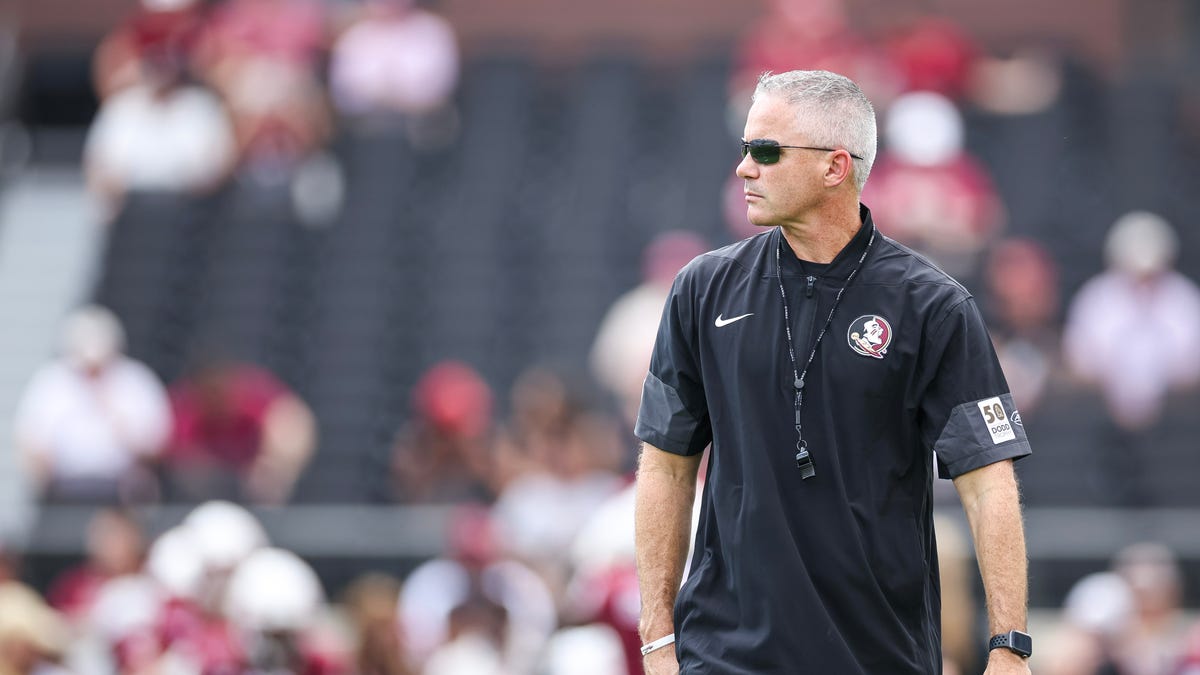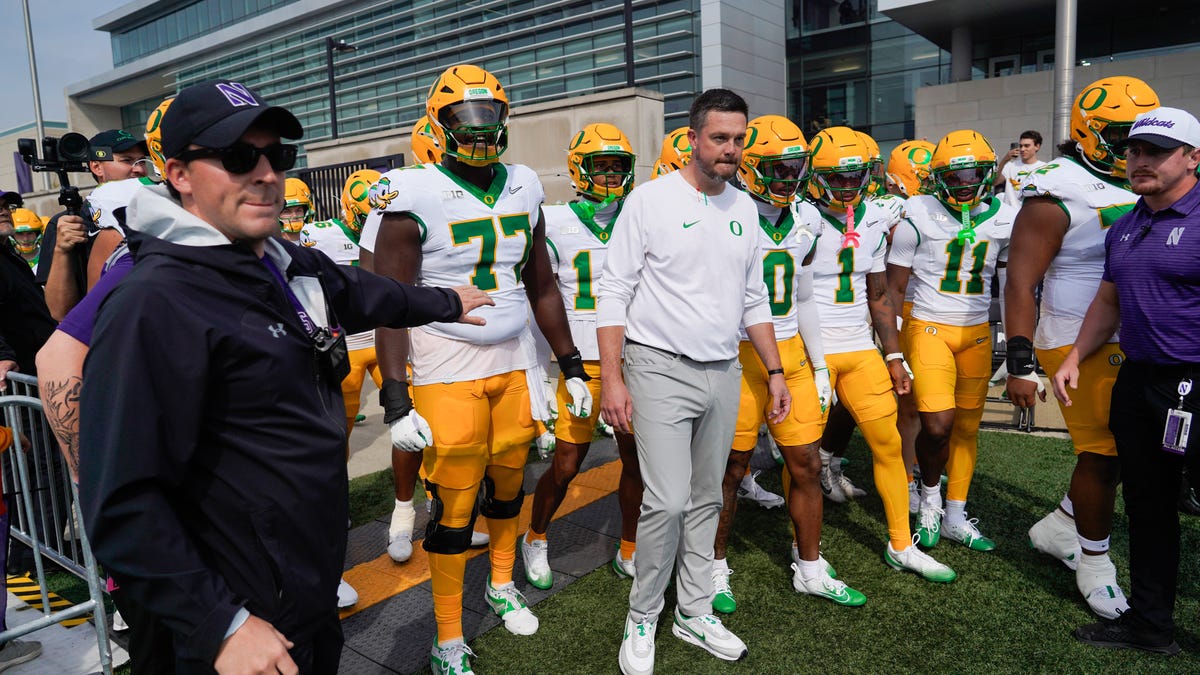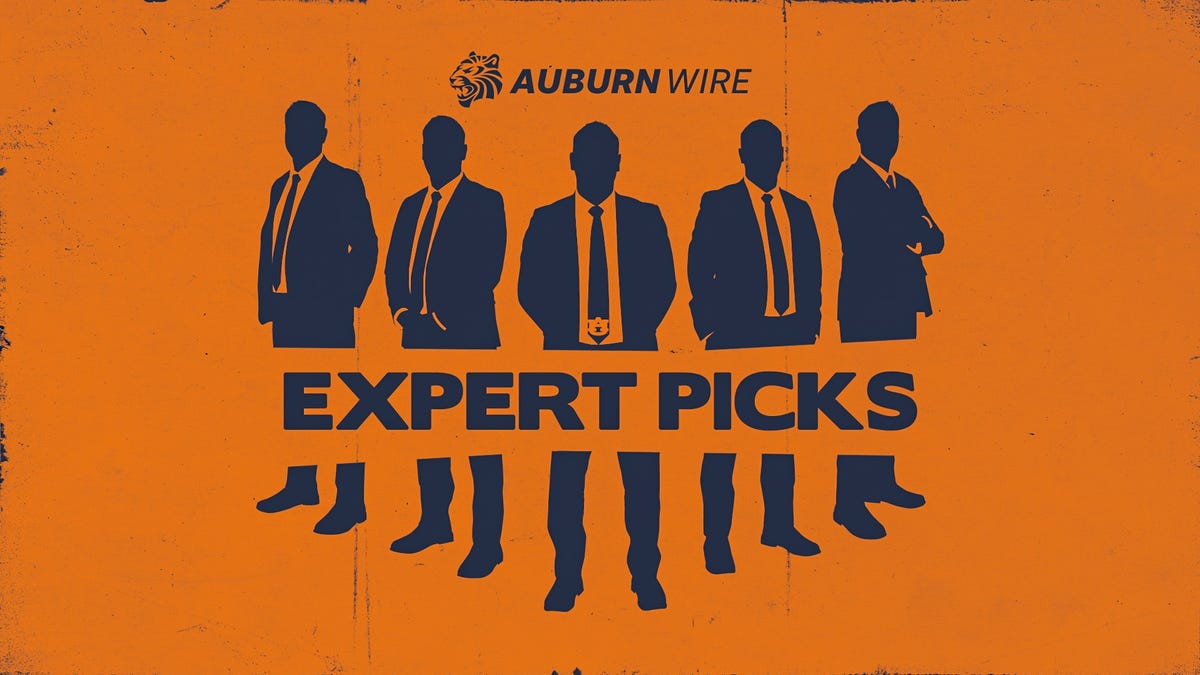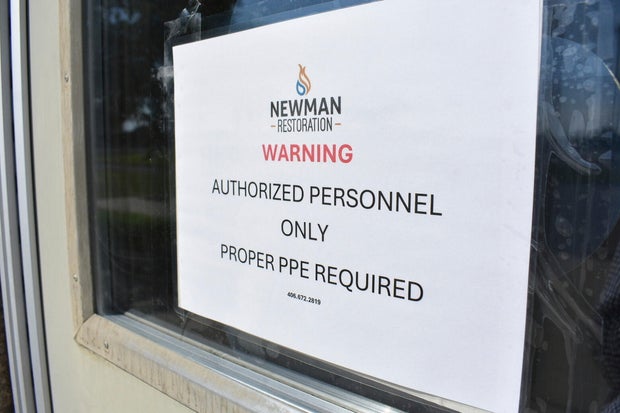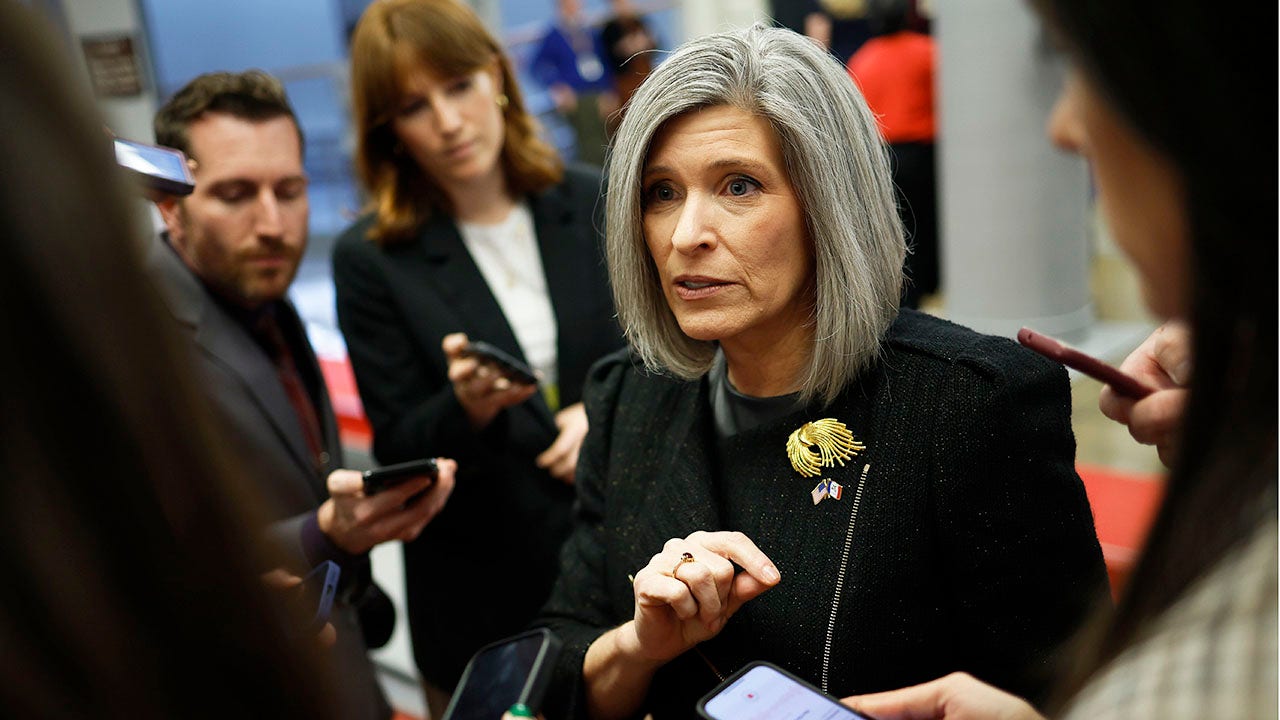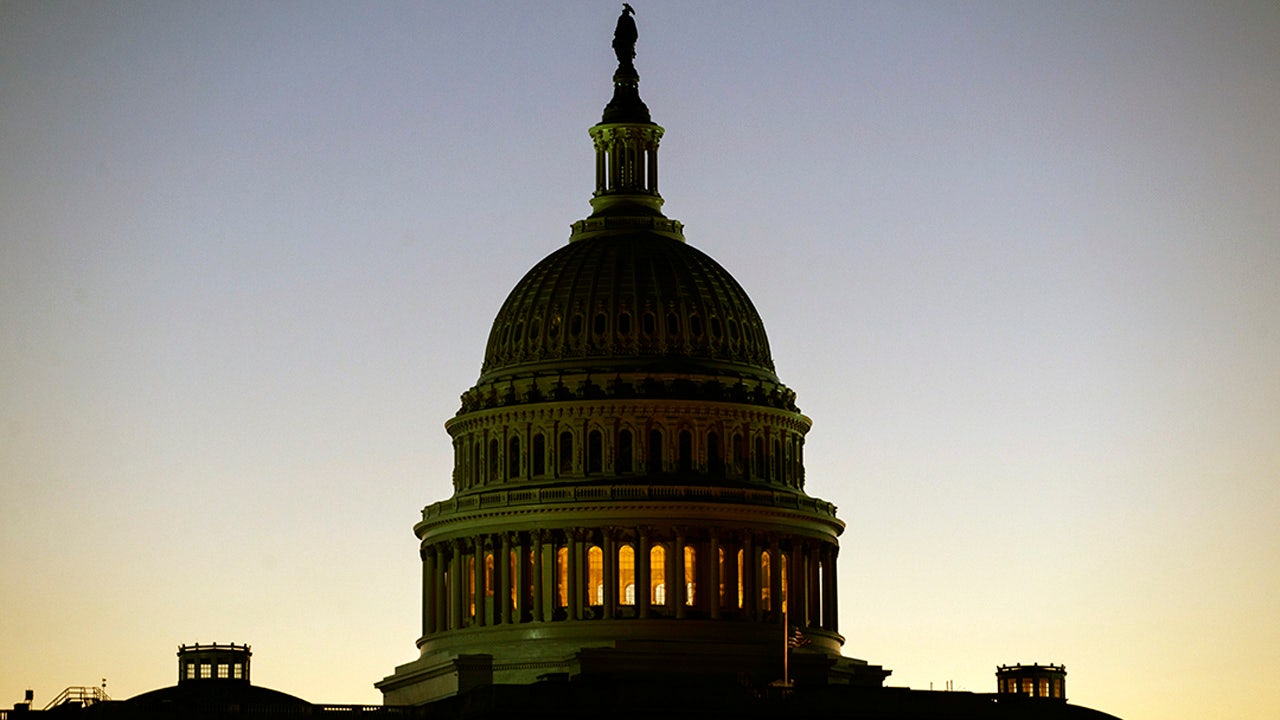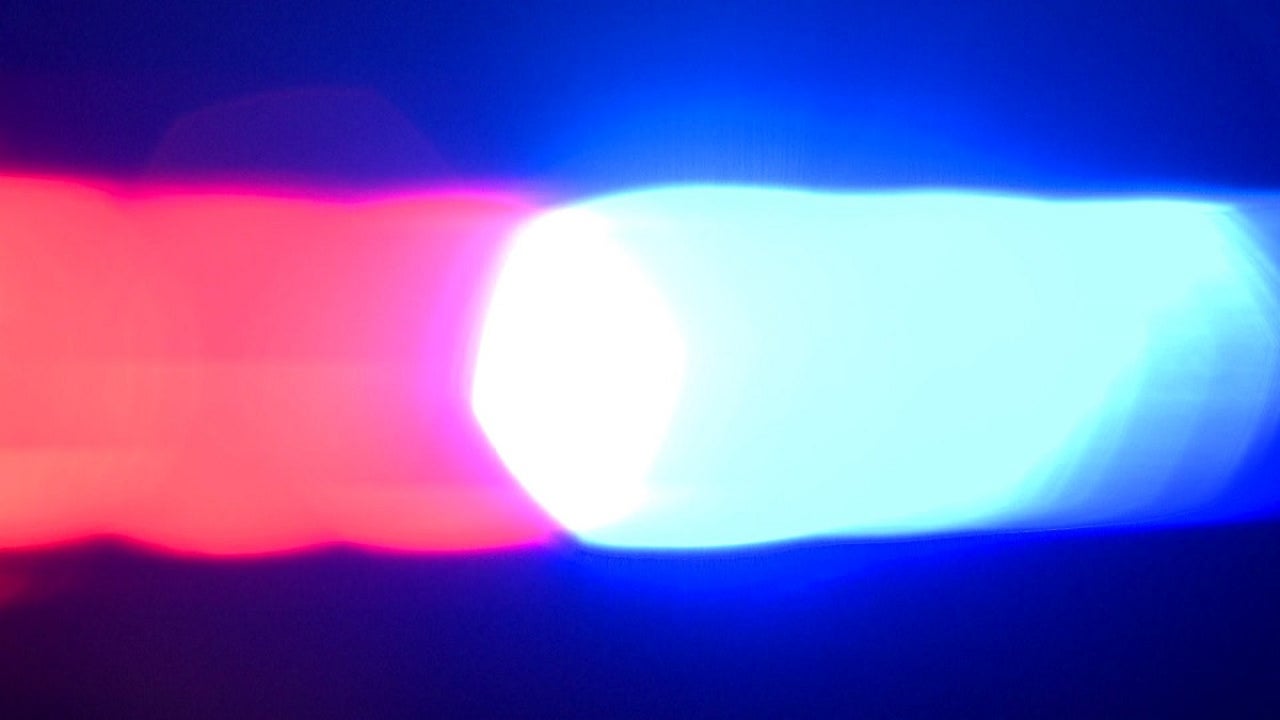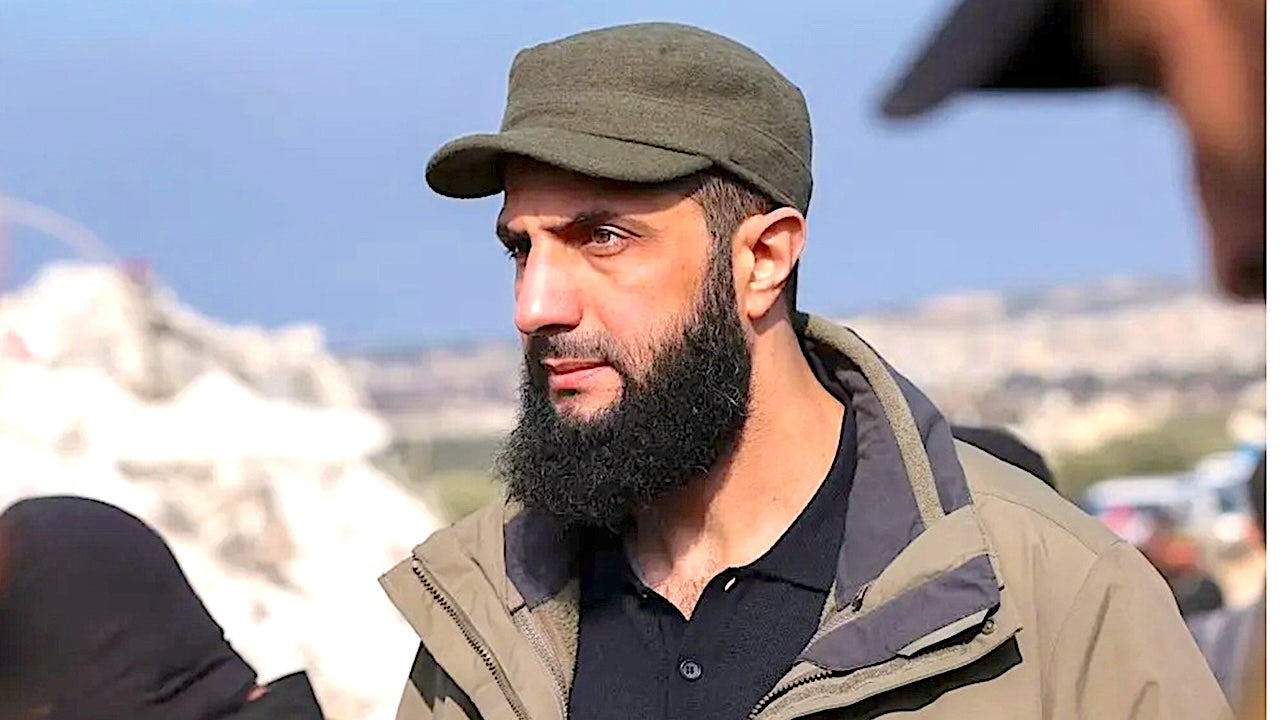Share this article paywall-free.
The construction of the Montana Museum of Art and Culture’s new home has been making steady progress on the north end of the University of Montana campus, with the curving exterior taking shape.
The building will be “transformative,” said Rafael Chacon, the museum’s director.
“This institution has suffered for so long from a lack of identity because people don’t know where it’s located. There’s no architectural piece that they can anchor their notions of where this museum is, and so that it’s going to change the profile substantially.”
Construction continues on the Montana Museum of Art and Culture on campus at the University of Montana.
Until now, the collection of some 12,000 objects has been held in storage and exhibited as needed in the two galleries in the PAR/TV Building. Besides the limitations on space, the fact that it didn’t have a dedicated facility of its own hampered its visibility to the public.
People are also reading…
Once completed, the footprint of the building will be significantly smaller than the job site — the total loss of parking is about 23 spaces. The building, designed by A&E Design, is 17,000 square feet, including the unfinished basement. Above ground, it’s 11,000 square feet. The construction cost is $11.5 million, and Chacon said they’ve been on target thus far.
The museum is on track to open in September during homecoming weekend. The first two years will be focused on exhibiting the permanent collection, allowing people from around the state or region the opportunity to visit.
The custom-designed structure needed “to meet the needs of the museum and its collection.”
“We could not have simply bought a plan and plopped it down. This has to be organically tied to what we do and the mission and the collection that we have.”
The design is noticeably modern, as well.
“We love this location, it allows the building to be truly three-dimensional, it’s interesting from all sides,” Chacon said. The building has plenty of curves and avoids a “stack of boxes” look. Chacon said Terry Payne, a lead donor with his wife, Patt, suggested the idea.
First floor
There are four exhibition spaces total, plus room in the basement to show work.
The entrance walls have bricks off-set at angles in a fish-scale pattern. “It’s not just for the play of the sun. It’s also to signal that something good is happening over here,” he said.
In the lobby, a glass wall will separate a storage room but leave it visible to the public when they enter from the south, so that they can see employees at work.
“The concept is, rather than tucking the collection away in the basement or hiding the functions of the museum behind closed doors, it’s all going to be visible,” he said.
Behind that area, there will be a large space for 2D storage including flat files. There’s room for staff to hang paintings, photographs or drawings on the wall as they work.
The area will be accessible to the public through classes.
This area can also accommodate sculpture storage, although the larger works will be in the basement. A separate room will be dedicated to painting storage, with natural light so the work can be studied.
“We’ll actually be able to see the paintings as they were meant to be viewed,” he said.
Taking a page from the Guggenheim, the design includes a circular rotunda that “carries forth from the bottom all the way to the top,” he said.
On the ground floor, the circular space can function as a gallery, large classroom or small lecture hall. For exhibition purposes, it’s a rare spot in Missoula for showing artwork in the round.
The “swankiest” element could be the grand staircase, which wraps around from the top floor to the basement.
Downstairs, they have room for classes of kids to drop their lunches and backpacks, coats, etc.
Chacon is particularly excited about a feature that sounds mundane at first: the basement has a large, climate-controlled storage room, roughly double the size of its current one. It’s flexible, too, so it can be used however they like in the future.
“Whatever the museum needs in the future, this is where it’s going to take place,” he said.
The basement of the rotunda will work as an education space. This floor has room for the Anthropology Department to use for its collections.
This room will allow them to look at adding more paintings and ceramics to their holdings.
“Now we can envision adding to the collection in ways that we couldn’t before,” he said.
After bringing three candidates to Missoula for interviews, the museum hasn’t yet hired a curator although Chacon said they’d like to hire one within a year. Chacon said they are going to hire a collections manager, though. During the first phase, they’re moving 400 pieces, then slowly transferring the rest in a systematic fashion.
Upstairs
As you head up the staircase, the curving design leads you along through the exhibition spaces without needing much in the way of guidance.
“If this were all boxes, you’d be looking for signs and arrows to tell you where to go,” he said. The upstairs rotunda gallery has a higher ceiling, with entrances on each of the four cardinal directions. Sliding partitions allow them to close off entryways for a “completely hermetic gallery for an intimate exhibition.”
The top floor is also home to the main gallery, which boasts high ceilings and indirect light — he said they wanted windows so that people have situational awareness. He said many museums are so large it’s easy to lose a sense of where you are. The east side of the building has a lattice design, the north end has a terrace with a view of the North Hills and Mount Jumbo.
“We have such beautiful nature around us, we wanted that somehow incorporated into the design of the building,” he said.
The gallery can hold larger sculpture, or salon-style shows with work hanging floor to ceiling. They’ll have the option of temporary walls to subdivide the space as needed.
“The building is so much more flexible than anything we’ve ever had on this campus,” he said.


